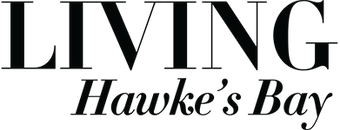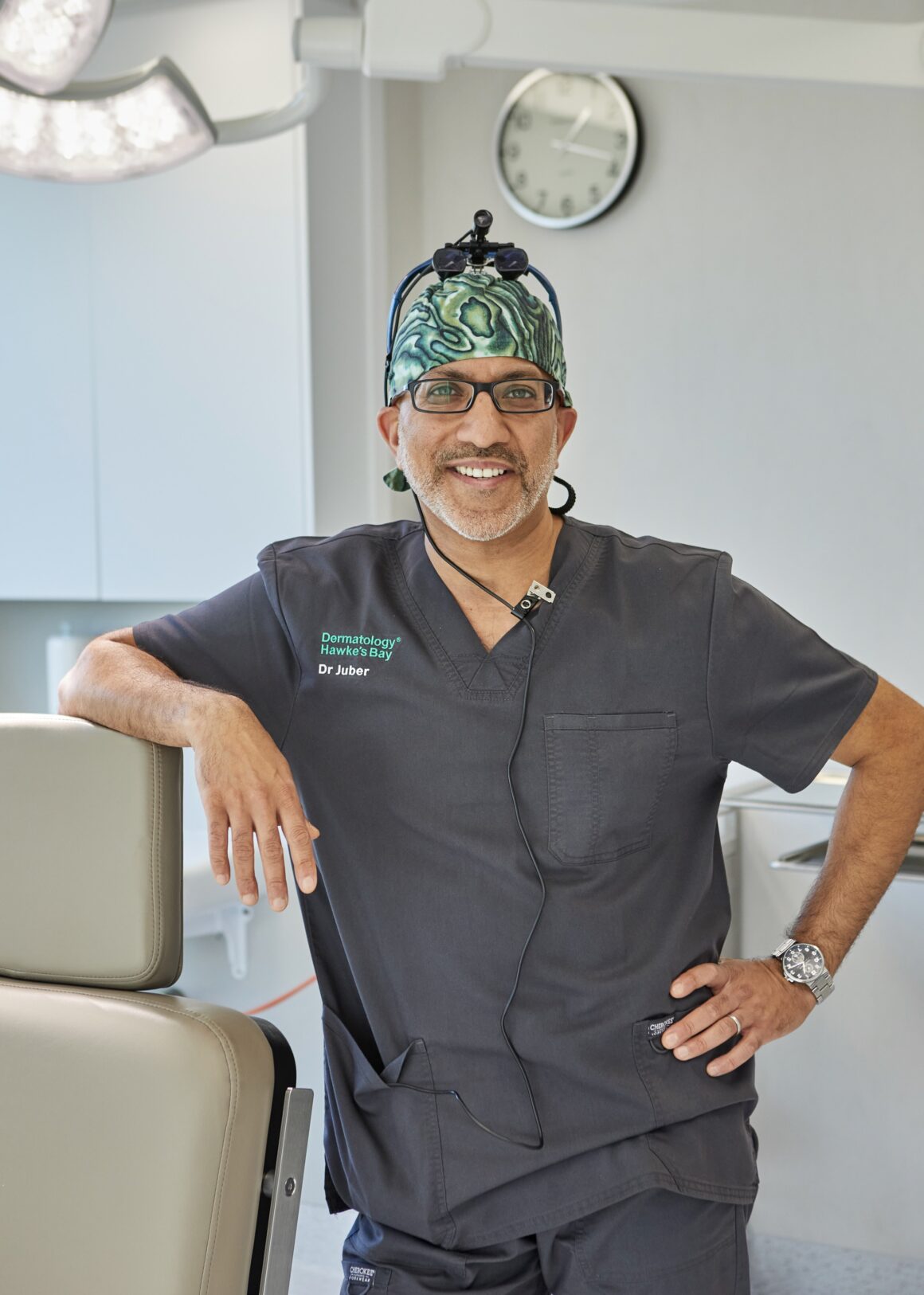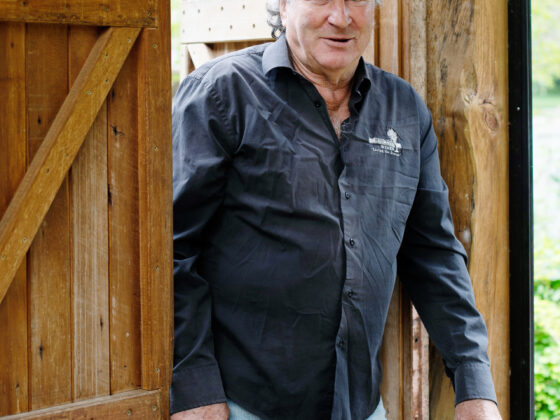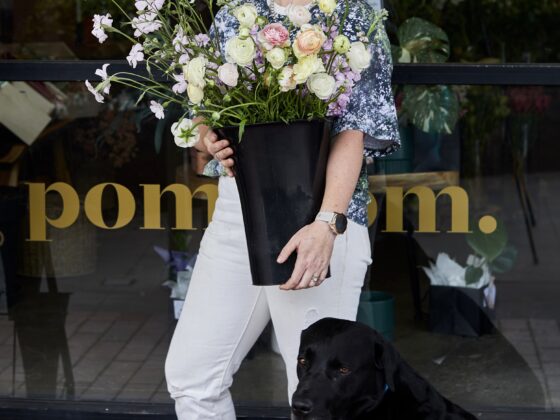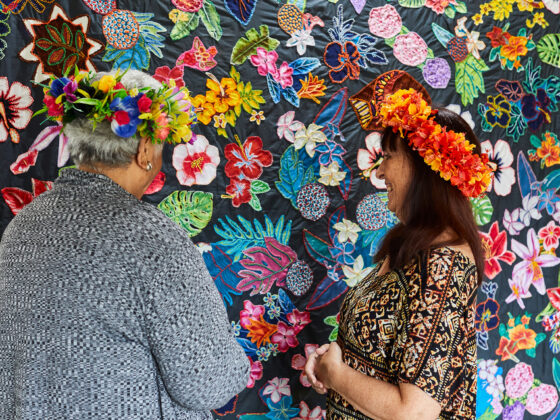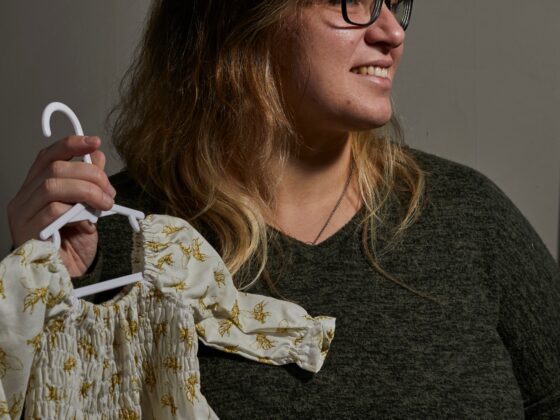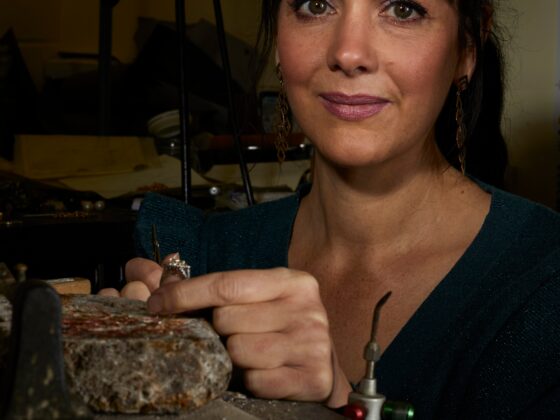We in Hawke’s Bay are blessed with sunshine – lots of it. And those of us lucky enough to live here enjoy getting out in it all year round. Unfortunately, this comes with the inevitable downside of skin-damage caused by the sun’s UV rays. Enter Dr Juber Hafiji, a specialist skin cancer and reconstructive surgeon, who spends his days treating those of us who fall victim to too much fun in the sun. David Trim chatted to Dr Hafiji and quizzed him on life as a dermatologist.
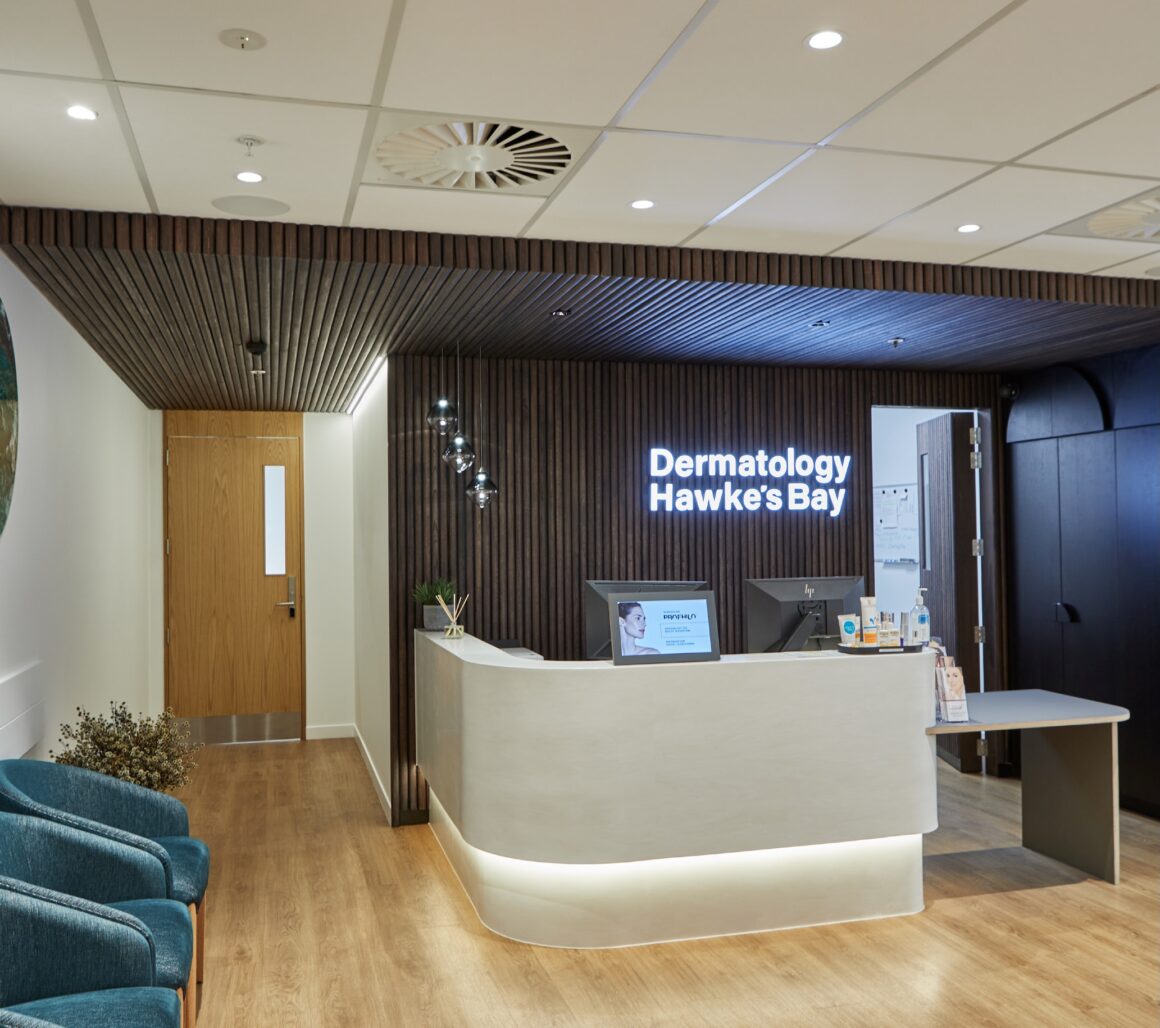
The Big C’ is a widely used reference to mean cancer. After spending time with a dermatologist, I think it should also be a reference to concern, checks, carcinoma and common causes. With Hawke’s Bay being one of the regions of New Zealand with the highest sunshine hours per year, we have a bit to think about and be conscious of when it comes to protecting ourselves from skin cancers.
Dr Juber Hafiji (pronounced Joo-ber) is an American College of Mohs Surgery accredited skin cancer and reconstructive surgeon Dr Juber and his family moved here to Hawke’s Bay some four years ago and set about bringing a world-class dermatology service to Hawke’s Bay and New Zealand. We catch up with him in his practice overlooking the centre of Havelock North.
How many years have you been training for or practising as a dermatologist? I studied first to obtain a Bachelor of Medicine and Bachelor of Surgery degree at Leicester Medical School in the Midlands, UK, followed by a three-year general medical rotation in Birmingham. During this time, I obtained membership of the Royal College of Physicians (London, UK). It was after this that I decided to specialise in dermatology and attended Cambridge University Hospital for a further five years. I am now a fully accredited dermatologist and a fellowshiptrained skin cancer and reconstructive surgeon, having completed a rigorous two-year training programme to become a member of the American College of Mohs Surgery.
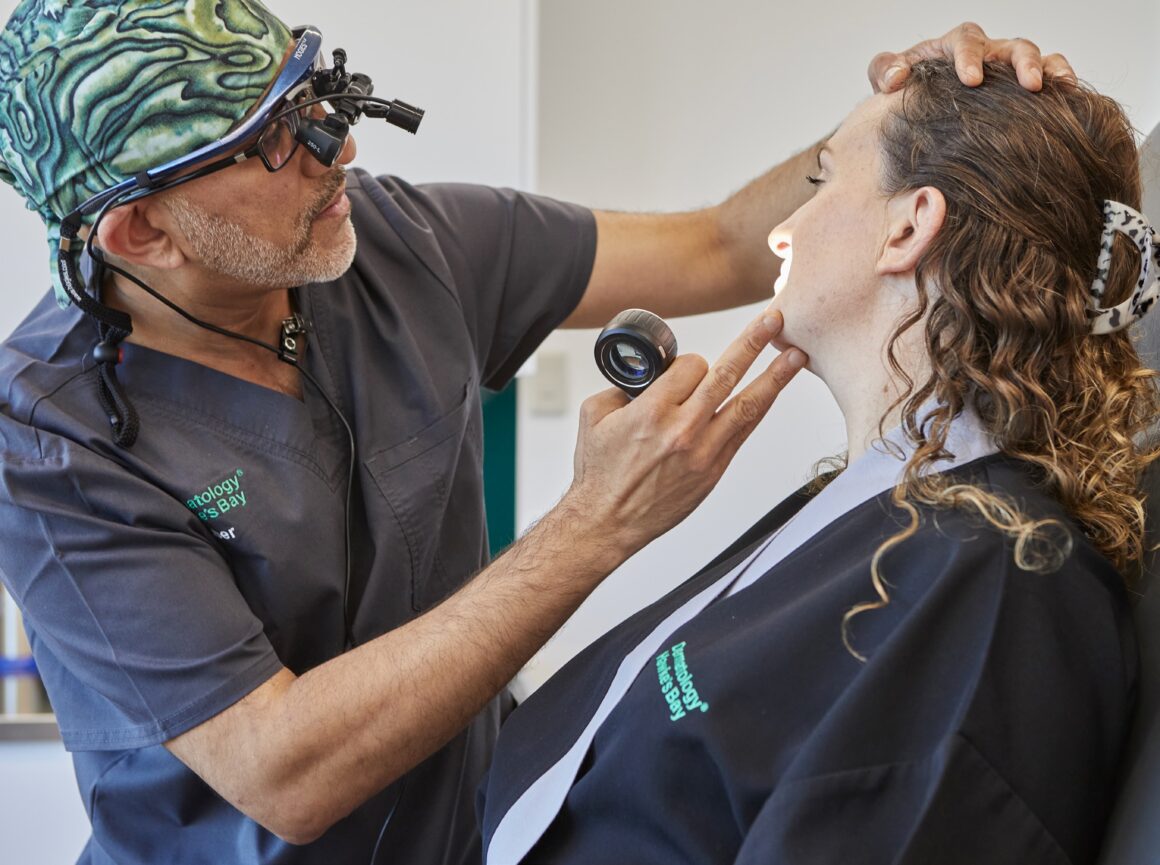
Why this profession? I love the fact that dermatology in essence covers the whole body, not just one organ or one part. Skin concerns are the most prevalent cancers, and the skin is the biggest organ you have on your body. This intrigued me. I like that it means I get to work with many different patients, from people worried about cancers to others who worry about their appearance, hair problems, rashes, lumps and bumps. Skin conditions bother people for a variety of reasons; sometimes an appearance modification can change a whole person’s outlook on life, their confidence or their self-image. Therefore, working with my clients’ skin, I see into their whole wellbeing.
What’s the biggest change in your profession over the past 10 years? Virtual health would be the biggest progression in dermatology health. It’s now a standard part of our model of care, or patient process. We can now do so much with virtual clinics, including diagnosing through images and live screen interviews alongside their biopsy results. This means distance can be less of a barrier to patients receiving the best specialist treatment.
For example, in our Havelock North clinic, we can perform a large amount of pre-treatment work before clients come to the actual clinic. If they are from out of town, it is a great service at this specialist level. We can even provide accommodation for them in the same building. This level of service removes anxiety and reduces time from first presentation to completion of treatment, making the journey more pleasant for the client.
AI technology is also a significant player in modern medicine. Getting the diagnosis right through AI is hugely important and it still needs man and machine working together. Both in unison improves early detection, particularly skin cancer, and benefits the individual, family and community greatly.
What has been the most memorable experience for you? Moving to Hawke’s Bay with my family has been the best experience for me. I first came to New Zealand to complete my Mohs surgery fellowship and spent two years training in Tauranga. I then moved back to the UK, however, New Zealand was stuck in my mind. From a clinical point of view, New Zealand has a higher incident rate for skin cancers, and I felt that from a professional perspective, I could help more people in New Zealand than in Kent. My family are really happy here and I think making the move has been the singular best decision I have ever made.
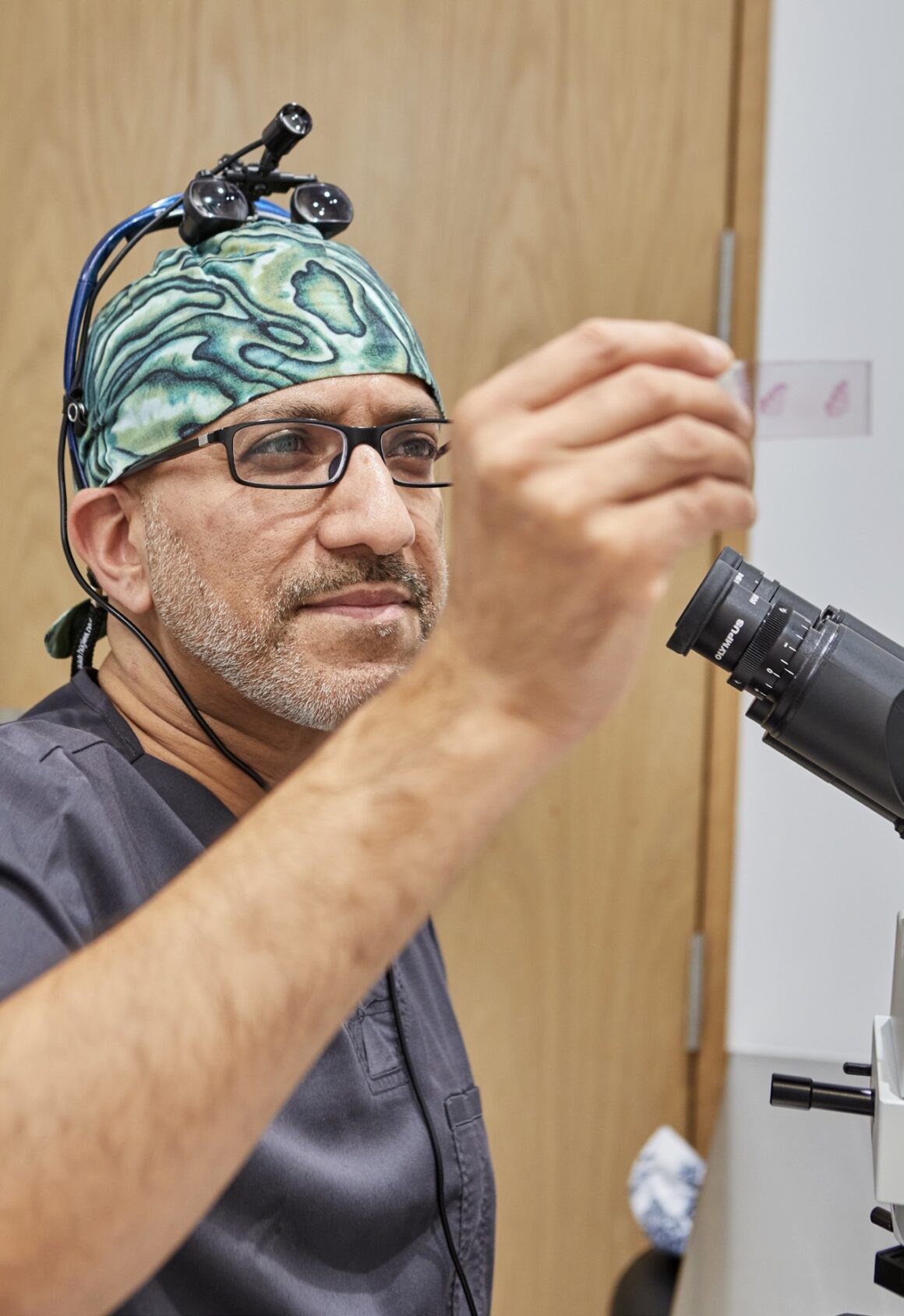
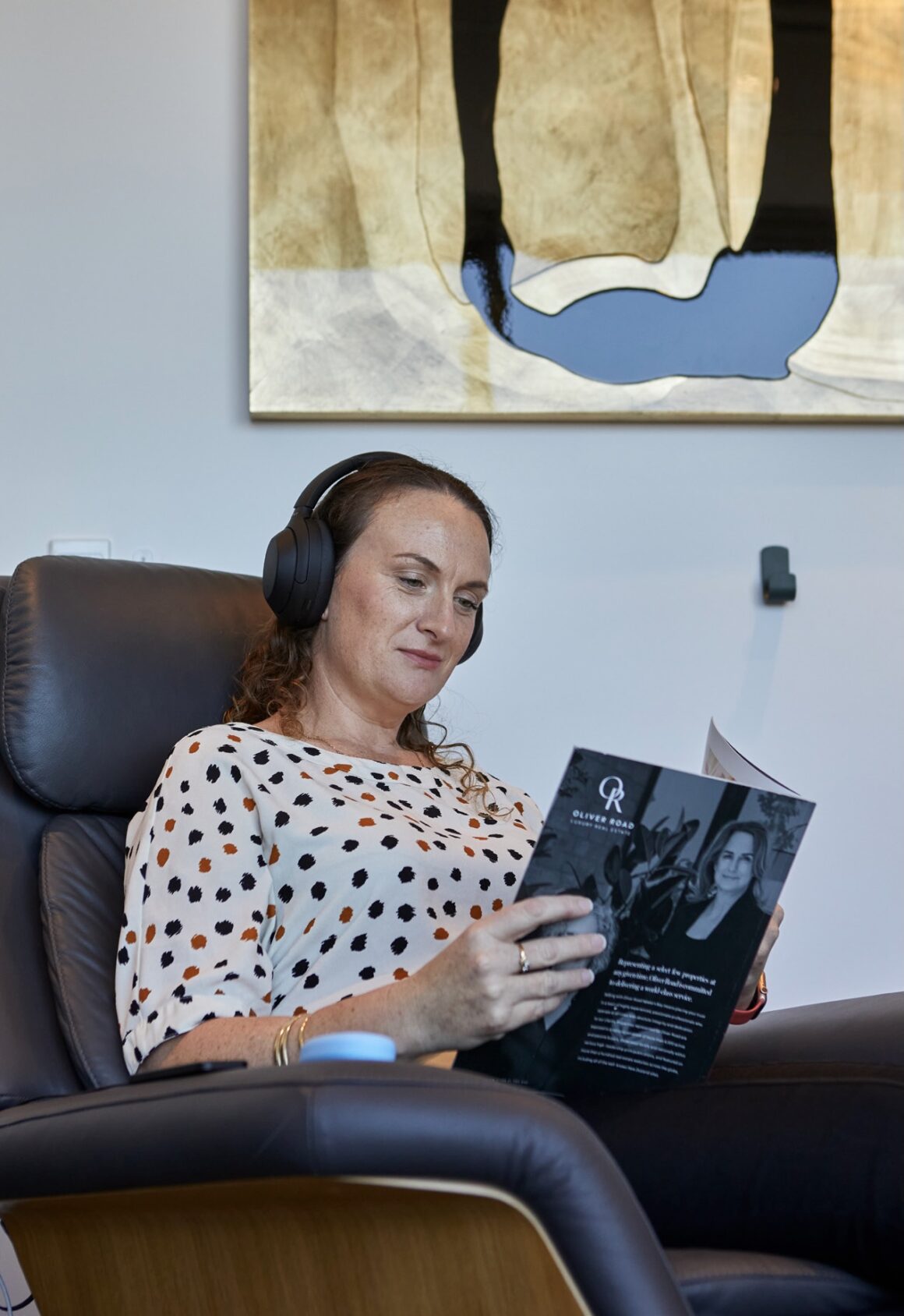
What part of your work do you enjoy the most? Working with clients who have skin cancer concerns. Cancers and potential cancer are such a worry for people and affect us all; we all know someone who has had or is going through some form of cancer journey. I love the fact that so many medical and health professionals are alert to spotting skin changes that could be cancerous. I recently had a client referred to me because she went for a blood test and the phlebotomist noticed something on her arm. Pharmacists, massage therapists, dentists – all forms of therapists – get to see some part of our skin and can alert to a possible concern.
Describe a typical day? I normally start about 6.30 a.m., check the day’s appointments and generally get myself prepared. Every day is completely different, with a wide scope of services. I could be performing a skin cancer removal, then working with hair-loss issues, moving then to someone with a cosmetic concern. The day’s appointments are normally full and constant. My team brief me on each client, then I begin.
We have the best equipment in New Zealand for treating the most common forms of skin cancer with Mohs surgery. This means that the diagnosis, testing and treatment are all done in one day as a day-case procedure, with patients returning to the comfort of their own homes with the knowledge that the skin cancer is all out. Twice a week, at the end of the day, I do my virtual clinics with clients from all around New Zealand, normally starting after 5.00 p.m. and going into the evenings. Lastly, there’s always some paperwork and phone calls to make.
What advice would you give an enthusiast who would want to do what you do? First and foremost, you have to be passionate about what you do. I believe work should not feel like work, it should be something that energises you. I tell my staff the same thing: our workplace needs to be a place of wanting to be there, not having to be there. We work in a privileged place of trust, as our clients need to share some deep feelings or share personal details about their bodies. We have to appreciate that trust, be empathetic, professional and patient, and show respect and kindness. I think you have to love helping people and making a difference. Patients are also our teachers. Medical books can show a pathway, however it’s the patients who confirm or alter our understanding.
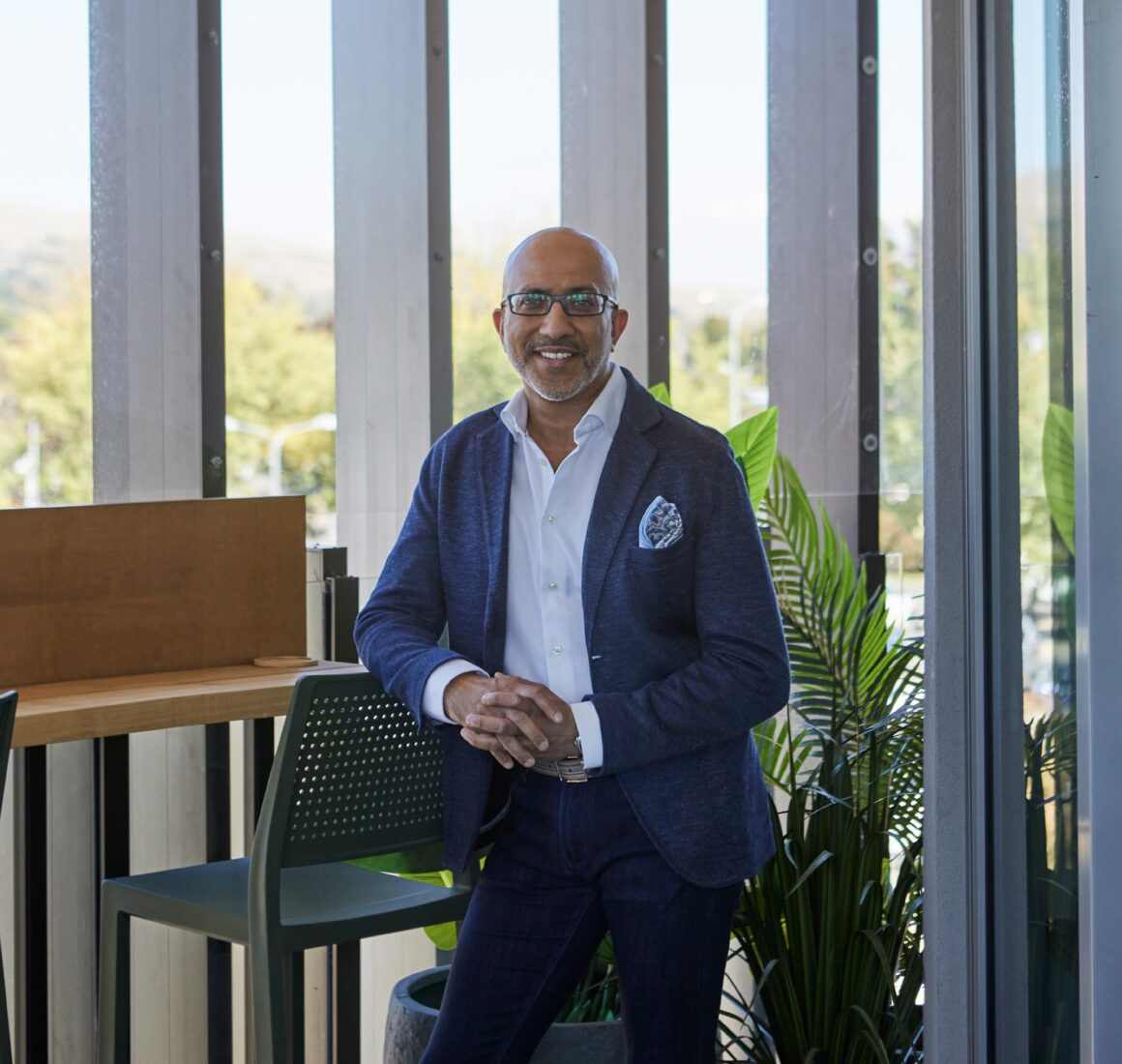
What do you find is the most challenging aspect about your job? Work-life balance is always a tough line to navigate. There is so much work to do and we want to see every client get timely treatment. I want to be available for my clients without making my family miss out, or me missing out on my family. My wife, Shahin, is very understanding and realises that this profession isn’t a 9-to-5 job. This is something I constantly work on.
Funniest experience you have seen or been part of in your career? I was once on television with the then Prince Charles. Before going to med school, I did three months of voluntary work with The Prince’s Trust. One day, when Prince Charles was out and about with a camera crew talking to volunteers of the Trust, nobody wanted to go on television with him as they were too nervous to be around him. So, I volunteered. When he got to me, I asked him a bunch of silly questions that made him laugh. Knowing that he was a plant enthusiast, I asked him whether he talked to plants to which he replied ‘Yes!’ with a big smile. At least, I broke the monotony of his day!
What do you think the future changes will be in your profession in the next 10 years? I think dermatologists will be seeing more skin cancers. I expect advances in Mohs surgery being the gold standard will be exciting, in particular how we approach head and neck skin cancers where the risk of spreading and scarring are higher. AI will continue to develop to assist the dermatologists in their assessment and treatment – working alongside not instead of.
